Tucked away behind the glasshouses of the Royal Botanic Garden Edinburgh is a terrace that contains an exceptional collection of Chilean plants collected by RBGE staff and Chilean colleagues over the last 40 years. This small collection contains 98 Species, 54 of which are Chilean endemics. It is a choice selection of the 360 species grown in the wider RBGE collection and includes some of the more unusual species in cultivation.
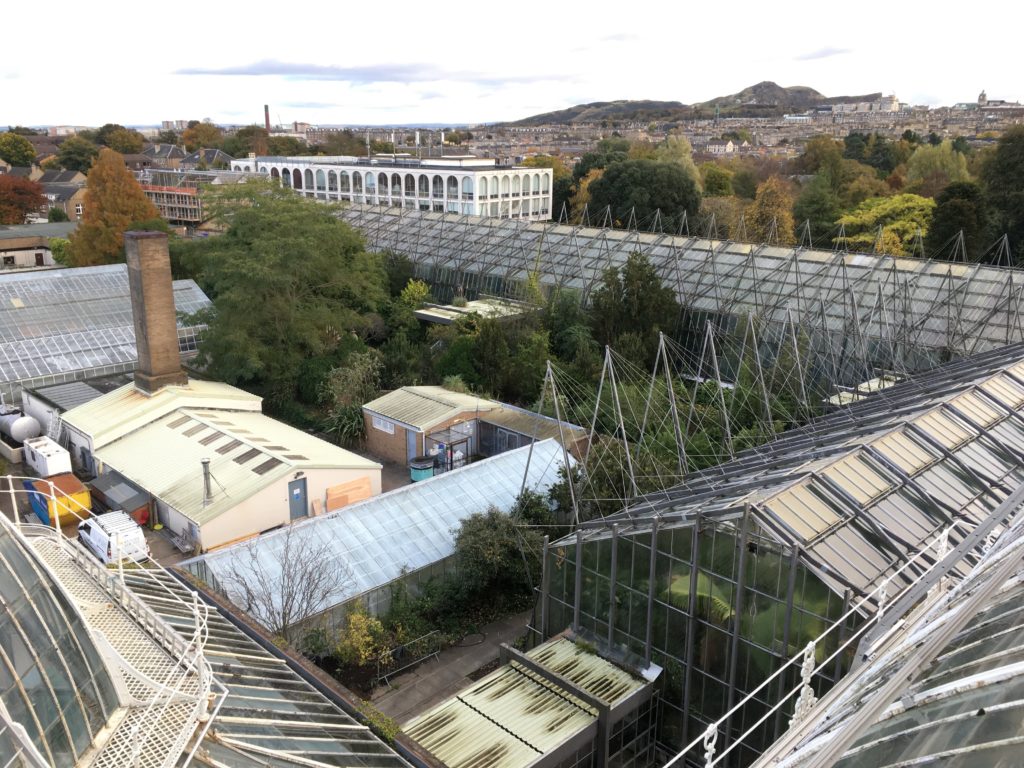
The plants are being relocated to ensure they are protected during the works being undertaken to restore and improve the garden’s glasshouse facilities as part of the Edinburgh Biomes project. The majority of the plants will find homes in a new Chilean planting in the Garden. RBGE’s expert horticulturists have been propagating from the plants in the area by taking cuttings in advance of the moves to ensure there long term retention in the collection.
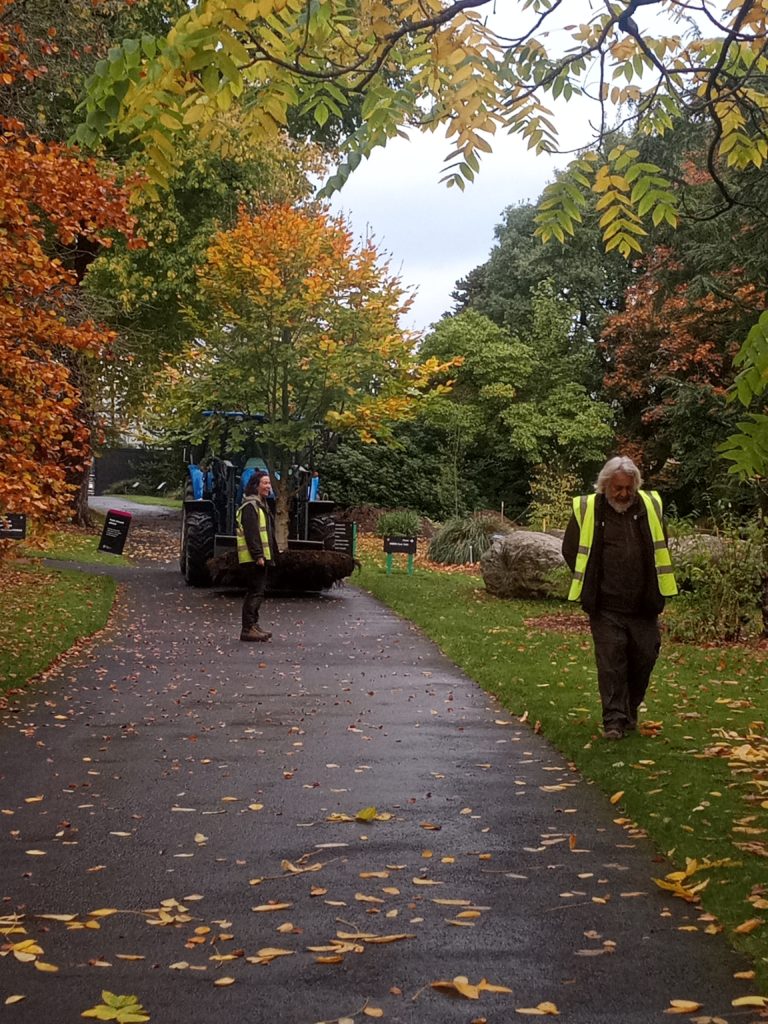
Some species are very tricky to take cuttings from. An experimental approach needs to be taken to work out which time of year, what type of plant material, what hormone treatment, what temperature to treat the cuttings at until a successful method is achieved. One such plant is the Endangered Chilean fruit tree Gomortega keule. The tree is restricted to a small geographical area of the coast of central Chile where it is in danger of extinction. “Habitat destruction has reduced the distribution to a highly fragmented populations. Most of these consist of small areas with fewer than 100 individuals and many fewer mature trees. The fragmented forests are affected by encroachment from surrounding plantations of Pinus radiata and Eucalyptus globulus and have a poor ability to extend their natural range as a result of low germination rates” Echeverría, C. & Campos, S. 2019. There are thought to be just over 1000 individuals left spread across small fragmented populations Echeverría, C. & Campos, S. 2019.
The trees can reach dizzying heights and become ancient. It has edible fruits that can be made into a marmalade but is not widely cultivated. We know of only one other plant in cultivation in the UK. So far we have been unable to successfully propagate this tree from cuttings but strive to do so and the next step may be to follow up on published micro-propagation trials. To allow us to do this we need to keep the plant alive following the transplant. This means moving the plant with as much of the rootball as possible, finding a suitable location for it in the garden, and giving it all of the horticultural care it needs following the move.
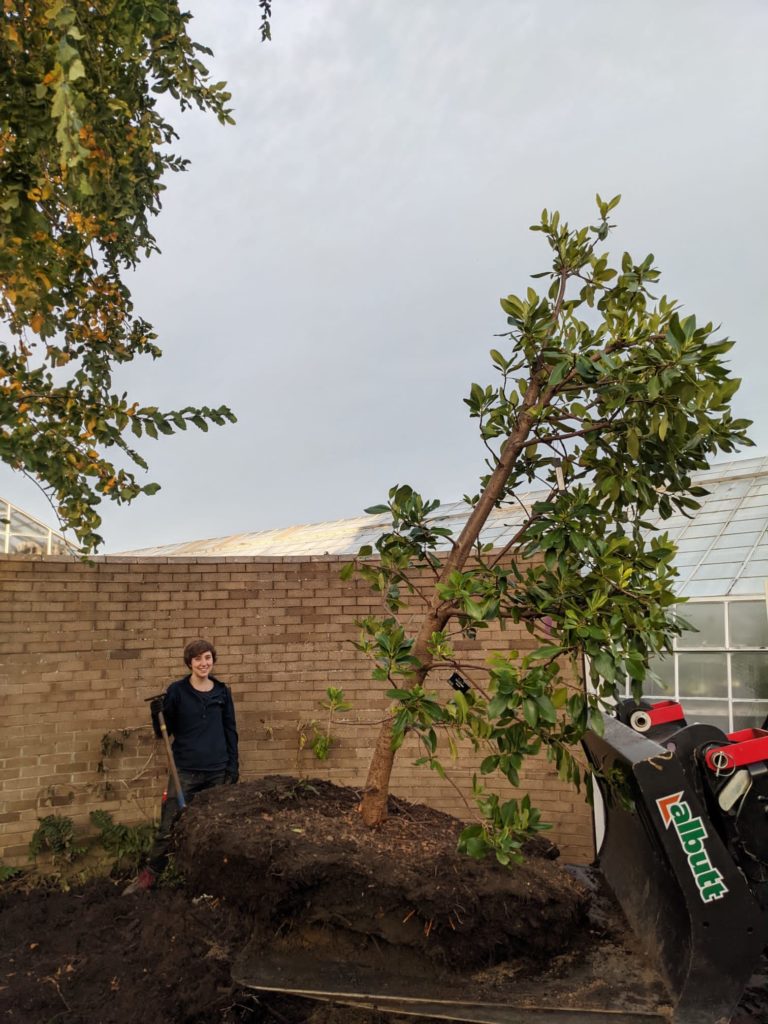
The plant may look insignificant but it certainly isn’t and is a microcosm of many of the plants that have and will be moved during the plant decant of the Edinburgh Biomes programme. They each tell the story of a species struggle for survival and the potential contribution ex-situ conservation horticultural research done by botanic gardens around the world make towards species survival. This is a story that is common to many of the threatened species grown in the living collection at the Royal Botanic Garden Edinburgh
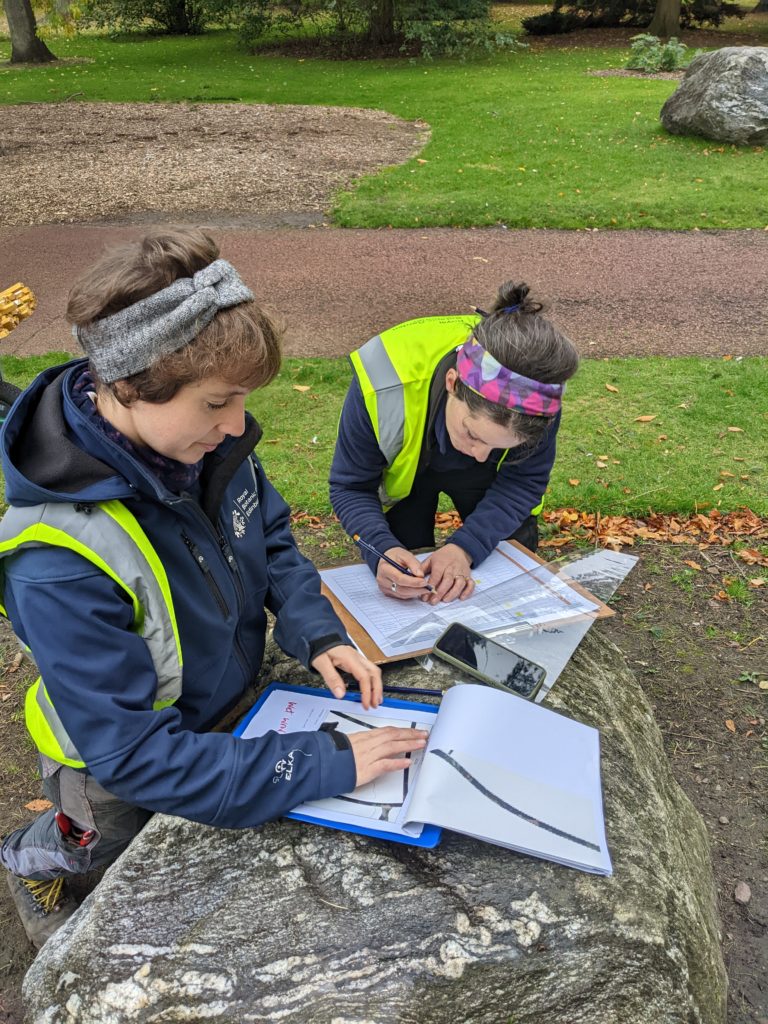
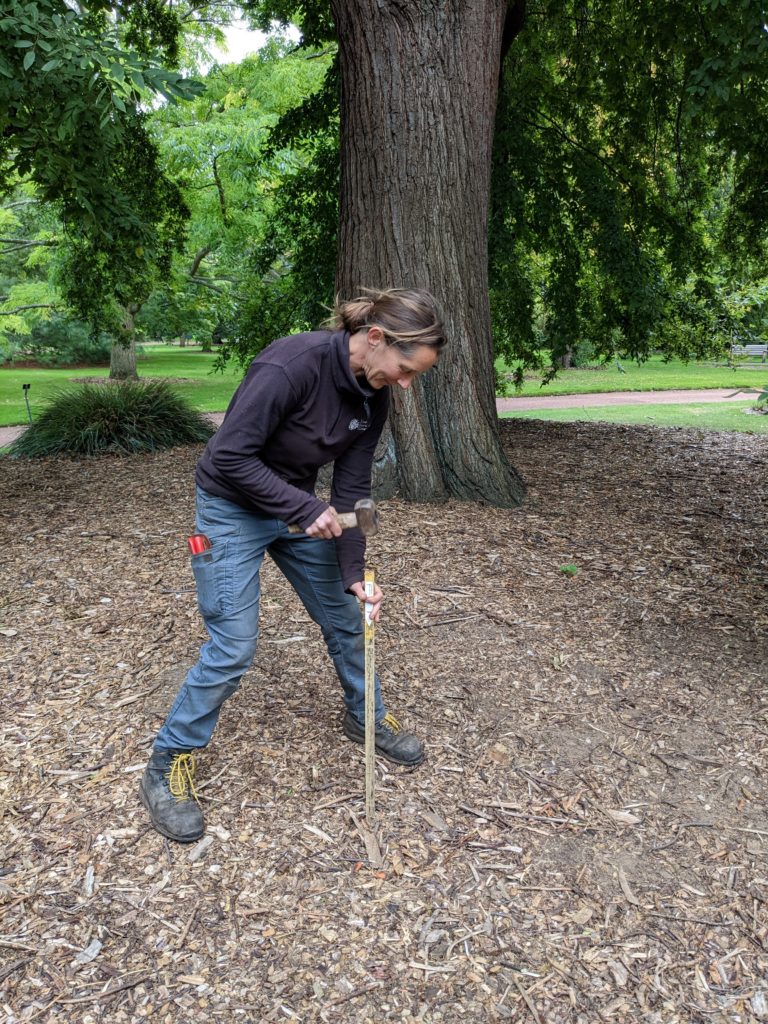
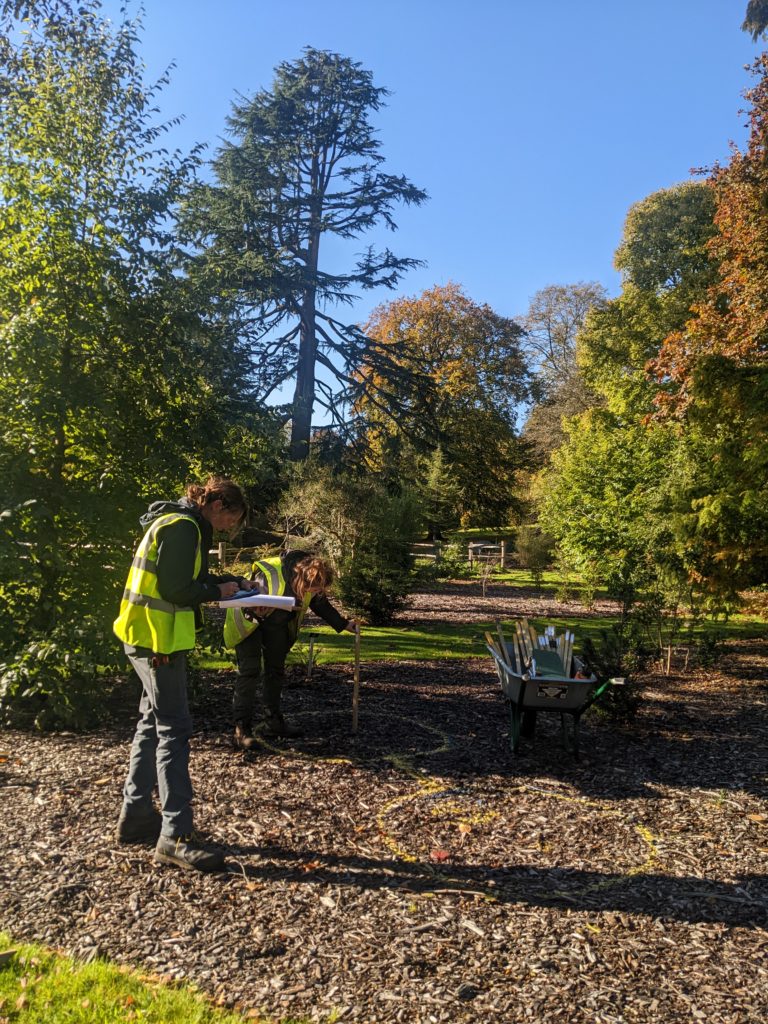
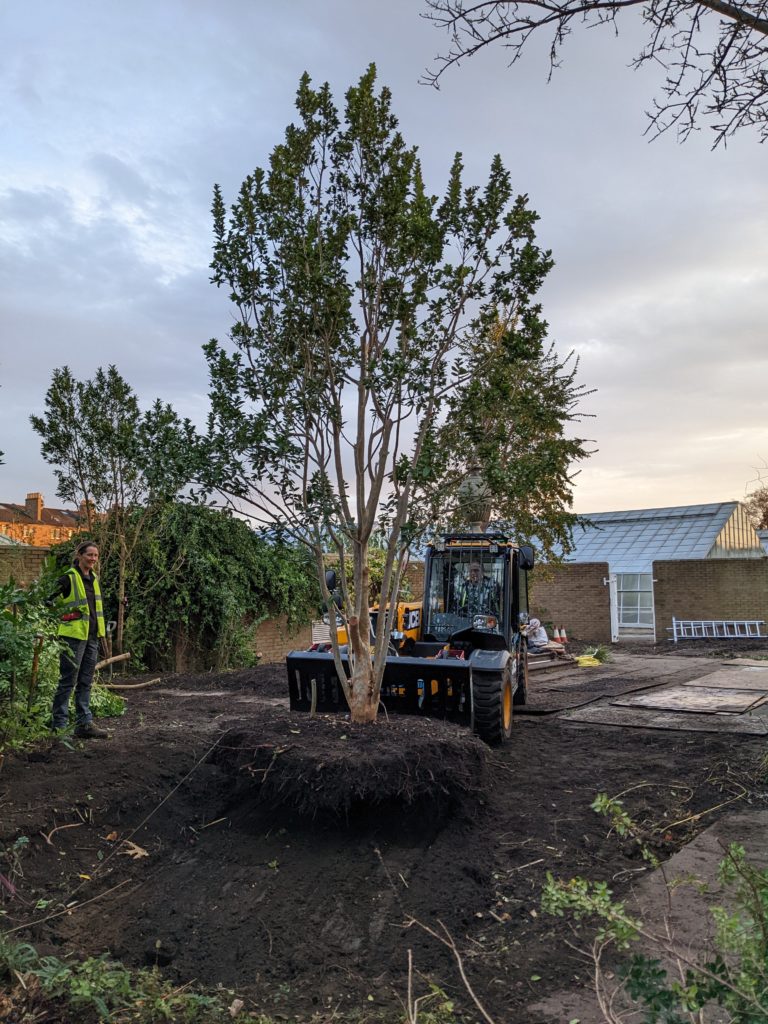
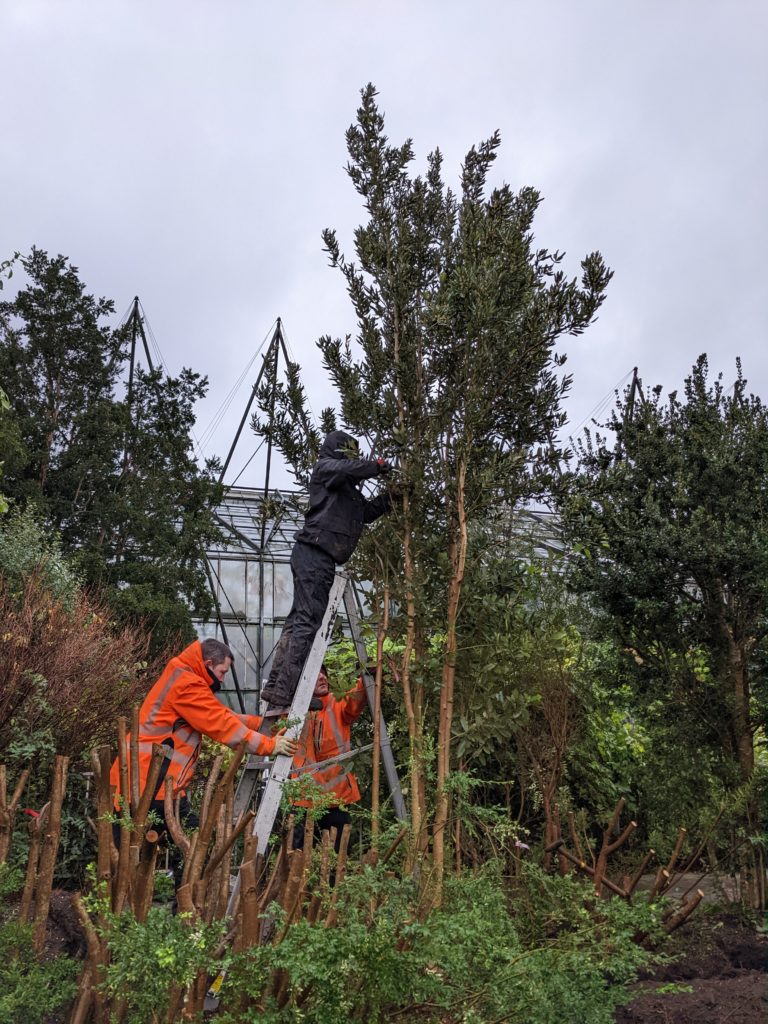
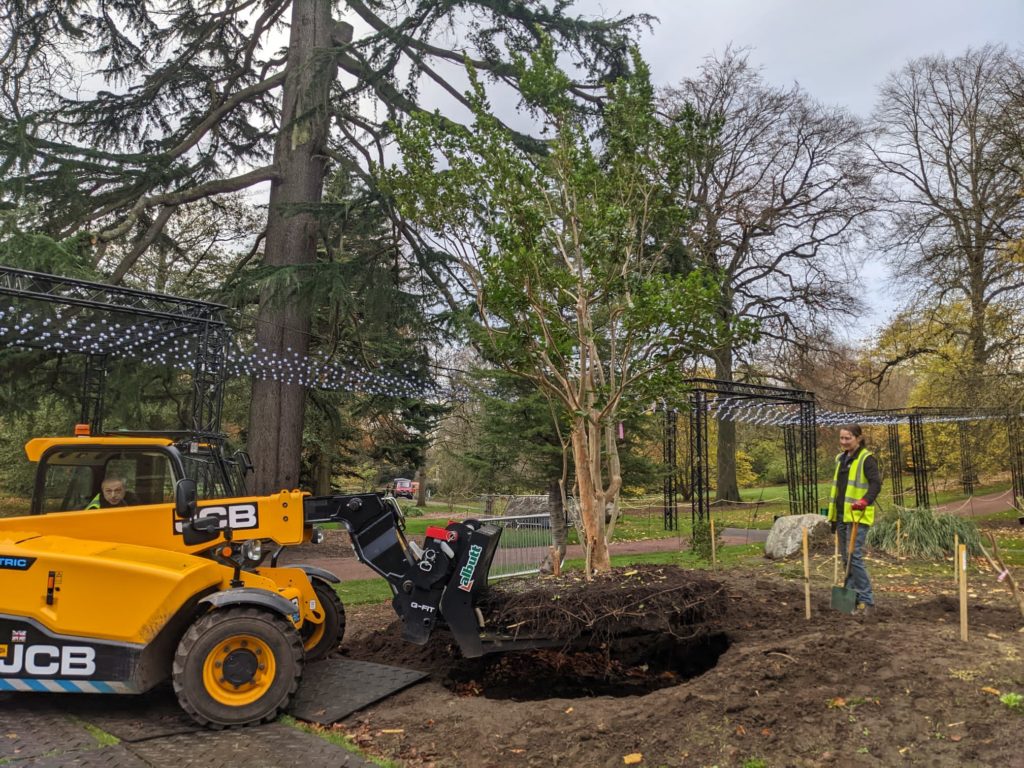
This has been one of the most significant plant move projects undertaken this year. The move is still underway but is nearing completion. The expertise, planning and teamwork of everyone involved has been amazing.
The tree and shrub plantings will be complemented and completed by Second year horticultural students as part of the managing plant collections module. They will select and plant herbaceous material that will complement the planting themes and complete the naturalistic plantings. The students have also been tasked with specifying and installing a porous pipe irrigation system to ensure that the new planting can be easily watered as required.
Echeverría, C. & Campos, S. 2019. Gomortega keule. The IUCN Red List of Threatened Species 2019: e.T31357A2805379. https://dx.doi.org/10.2305/IUCN.UK.2019-2.RLTS.T31357A2805379.en. Accessed on 21 November 2022.
